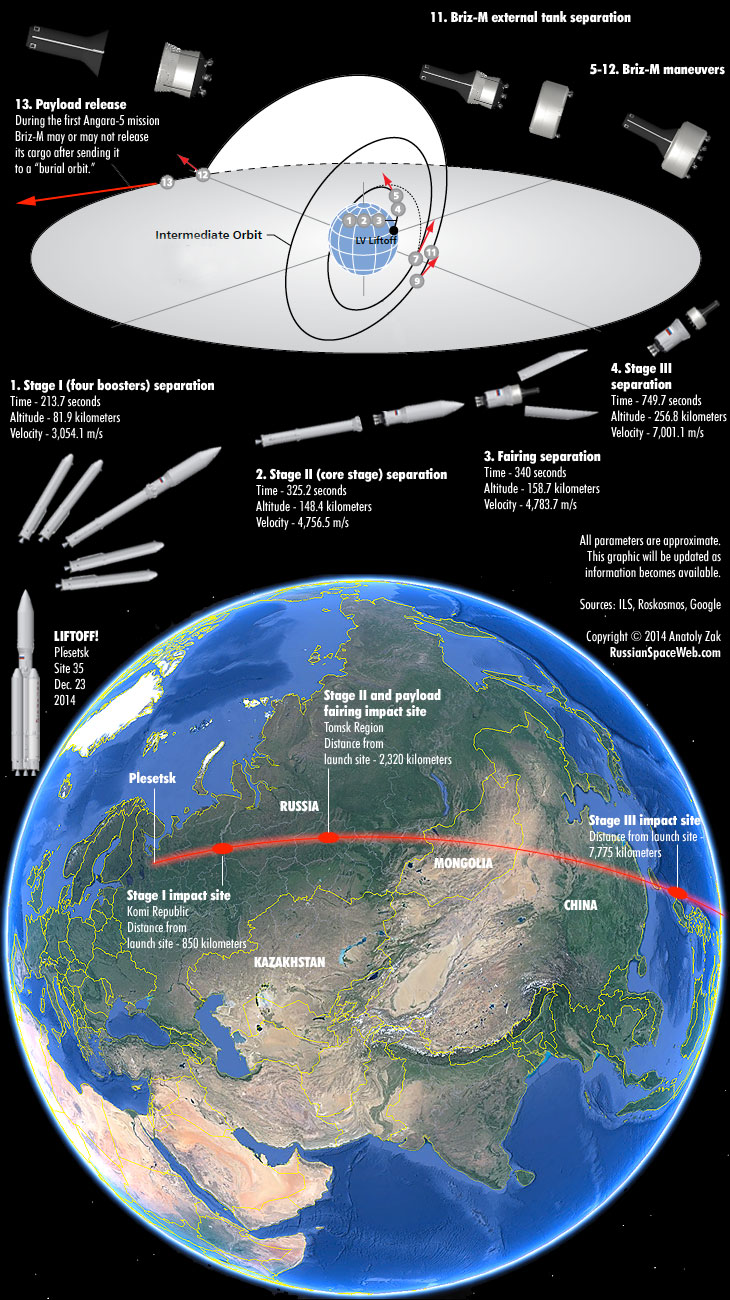Echo_419
ELITE MEMBER

- Joined
- Sep 12, 2012
- Messages
- 13,111
- Reaction score
- -4
- Country
- Location
Russian Ministry of Defence spokesperson said that the second new-generation GLONASS-K Russian navigation satellite has been put into orbit.
MOSCOW, December 1 (Sputnik) – The second new-generation GLONASS-K Russian navigation satellite has been put into orbit, a Defense Ministry spokesperson told RIA Novosti Monday.
"The Soyuz-2.1b carrier rocket…has successfully put the new-generation Russian navigation satellite 'Glonass-K' into orbit," Col. Alexei Zolotukhin, a spokesperson for Russia's Aerospace Defense Forces, said.
The satellite was launched from the Russian Plesetsk space center on Monday, December 1, at 00:52 Moscow time (21:52 GMT Sunday, November 30).
Plesetsk has been the site of Russia's GLONASS satellite launches since February 26, 2011, when the first new-generation GLONASS-K spacecraft was put into orbit by the Soyuz 2.1 medium-class carrier rocket.
GLONASS (Global Navigation Satellite System), which was launched in 1993, is considered to be Russia's answer to the American Global Positioning System (GPS).
There are currently 24 operational GLONASS satellites in orbit. The network provides real-time positioning and speed data for surface, sea and airborne objects around the globe.
Perhaps we can Integrate our 2 systems in future















